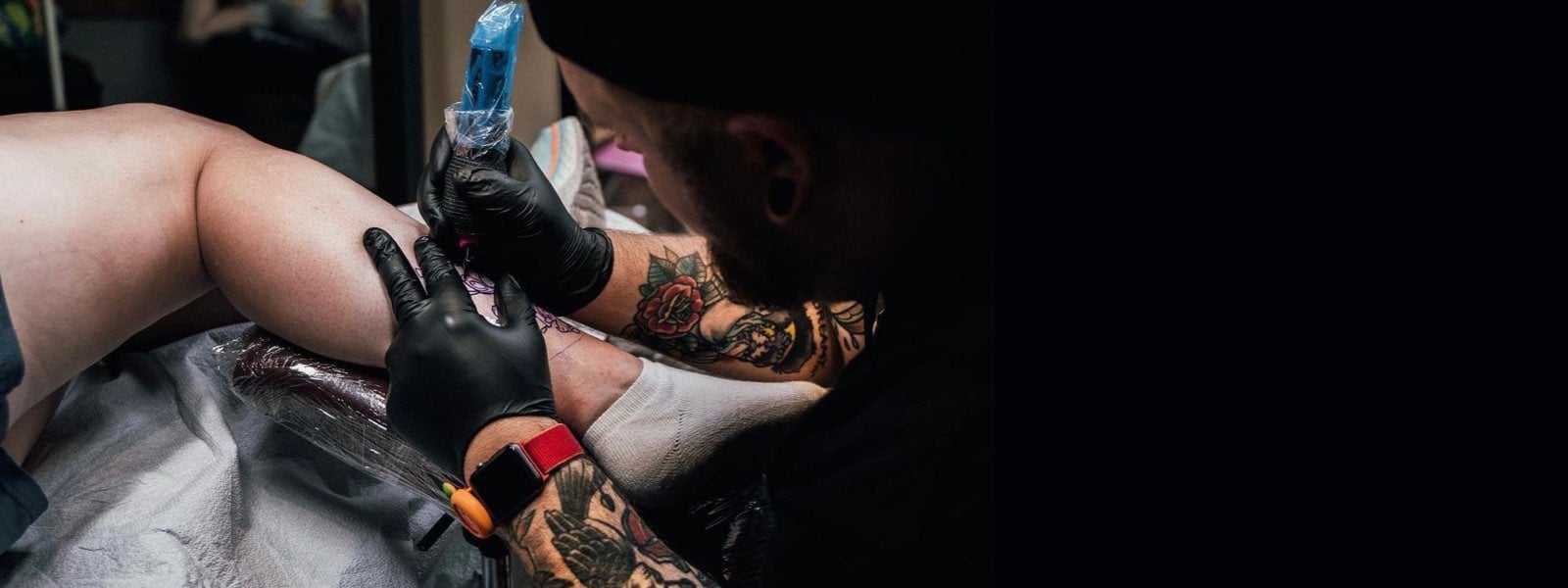Unlocking the Artistry: Stitch Tattoo Design Techniques & Inspiration
– Stitch tattoos, inspired by the Disney film Lilo & Stitch, are gaining popularity.
– Three categories of Stitch tattoo designs are discussed: black and gray, black and gray leg tattoos, and color tattoos.
– Stitch tattoos are known for their vibrant blue and violet coat.
– The upper leg is becoming a popular placement choice for Stitch tattoos.
– New wave designs allow for creativity in Stitch tattoo designs.
– The concept of “ohana” can inspire tattoo designs focused on family and community bonds.
– Calf tattoos are another popular choice for Stitch designs.
– The calf is a popular choice for tattoo placement because it is one of the least painful places to get a tattoo.
– Watercolor tattoos are a growing trend for Stitch designs.
– Ohana is a Hawaiian word that represents the bond between all people in a community.
– Lilo & Stitch has a sequel called Lilo & Stitch 2.
– Stitch tattoos transform personal experiences into visual narratives.
– They symbolize the wearer’s journey, resilience, and individuality.
– They have roots in indigenous cultures but have been reinterpreted in modern times.
– There are different styles, techniques, and ink choices for Stitch tattoo designs.
– Sinister stitch tattoos showcase a juxtaposition of shadow and light.
– Colorful stitch tattoos reflect a radiant personality.
– Sketchy stitch tattoos with the word ‘Ohana’ symbolize familial love and deep-rooted bonds.
– Simple watercolor stitch tattoos offer a minimalist and artistic look.
– Stitch tattoos can be customized to personal preferences.
– Stitch tattoos can be rendered in different styles such as realism, traditional, neo-traditional, blackwork, dotwork, watercolor, tribal, and illustrative.
– There are no known religious or cultural associations with Stitch tattoos.
– The symbolism and themes explored in the film can have personal cultural or emotional significance for some individuals.
– Sewn stitch tattoos are chosen for aesthetic value or to symbolize healing, resilience, or survival.
– It’s important to consider cultural sensitivities around tattooing and respect traditions and beliefs associated with tattoos in different cultures.
– The experience of pain during tattooing varies for each person.
– Pain tolerance, location of the tattoo, size and complexity of the design, and technique used can affect the level of pain.
– Discussing pain concerns with the tattoo artist is recommended for managing pain.
